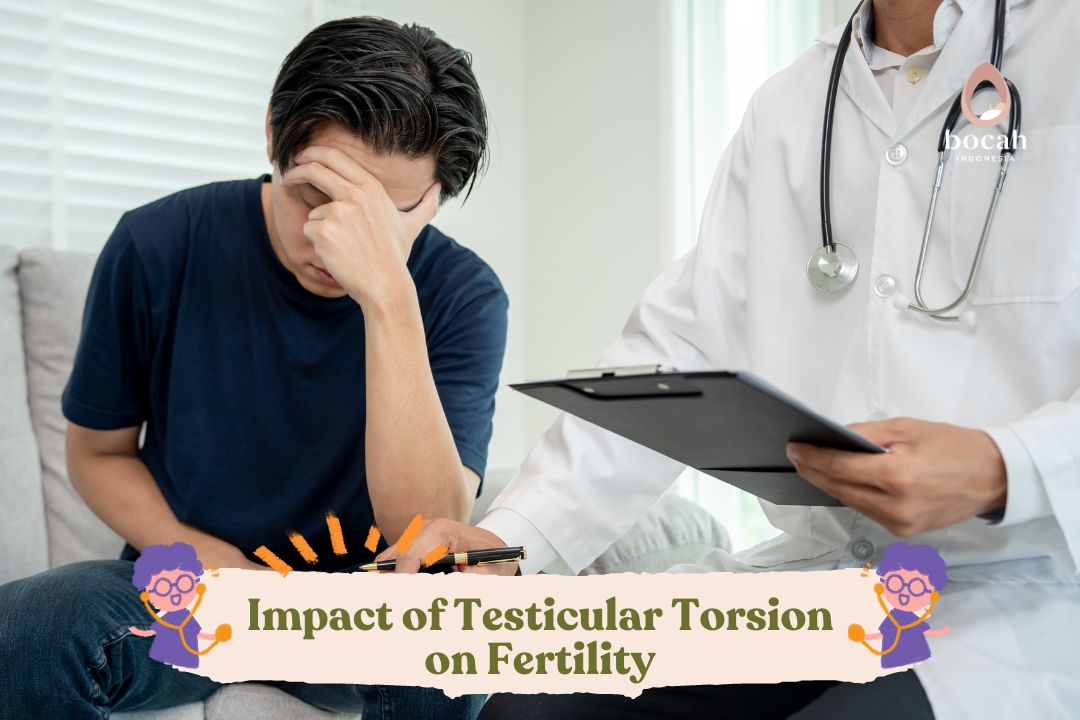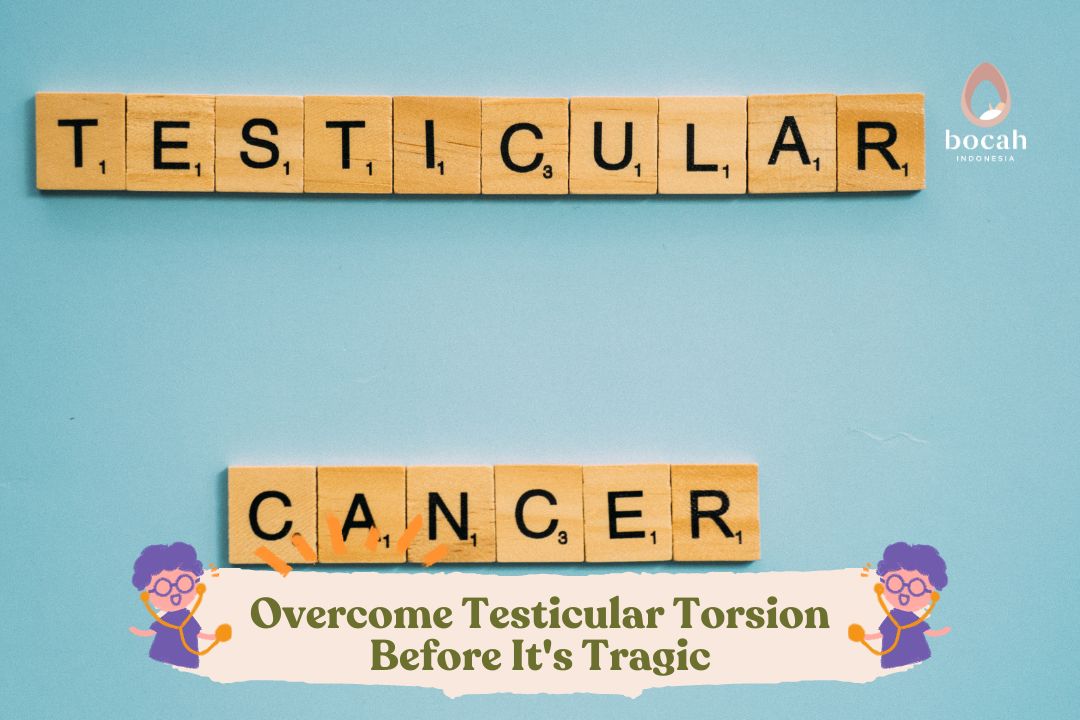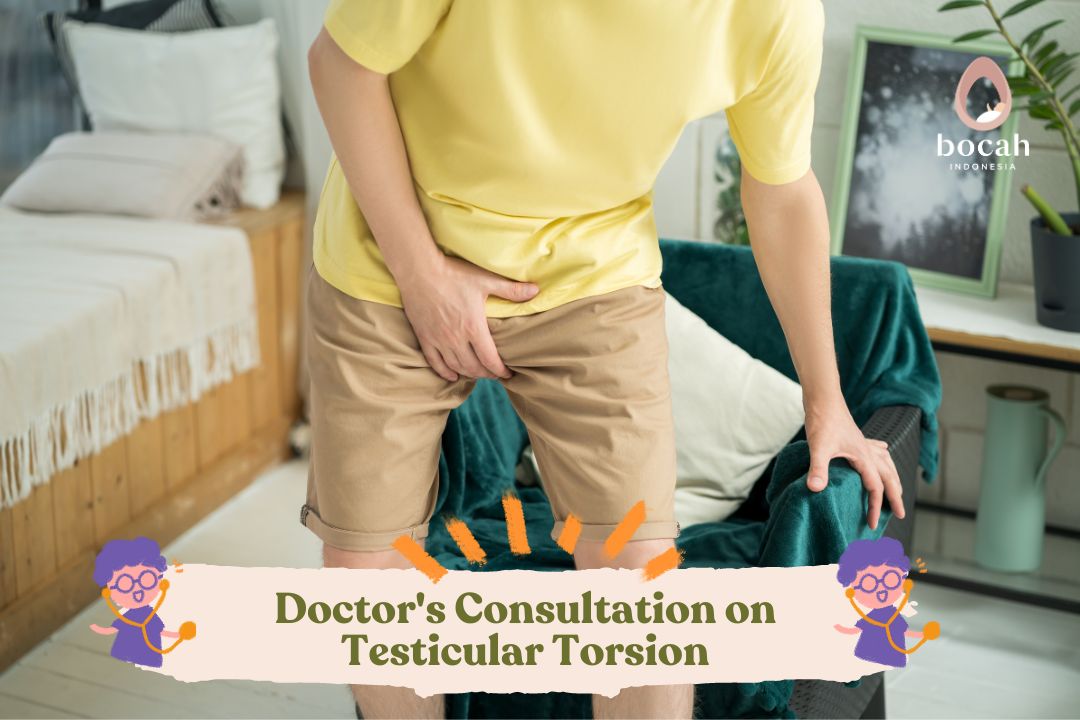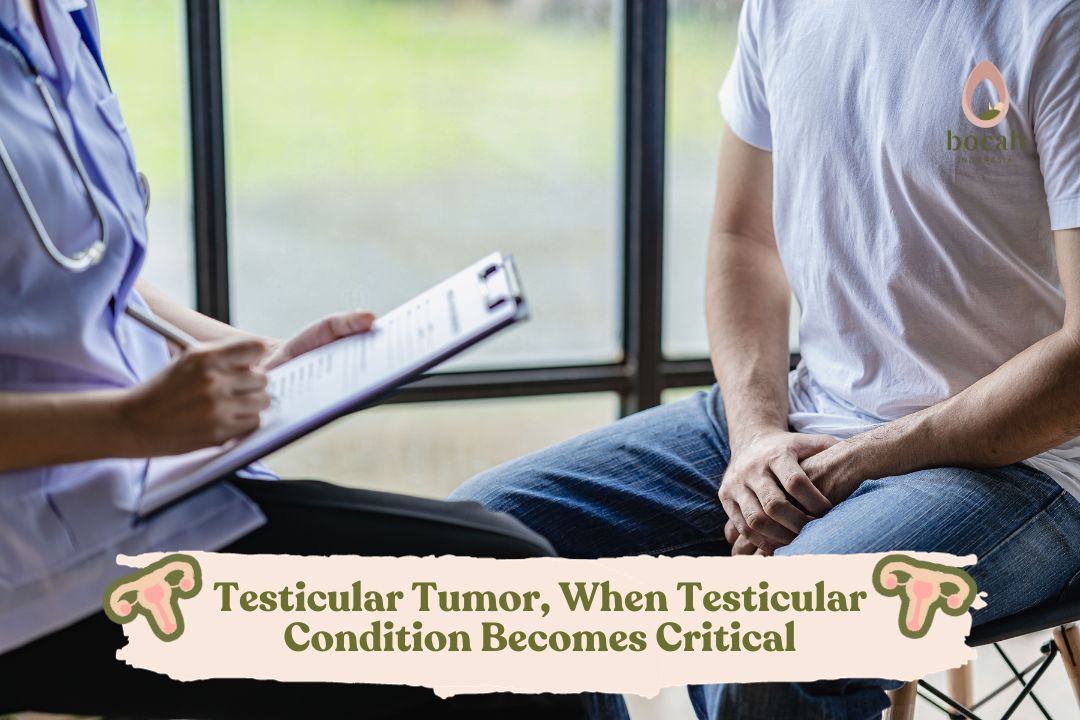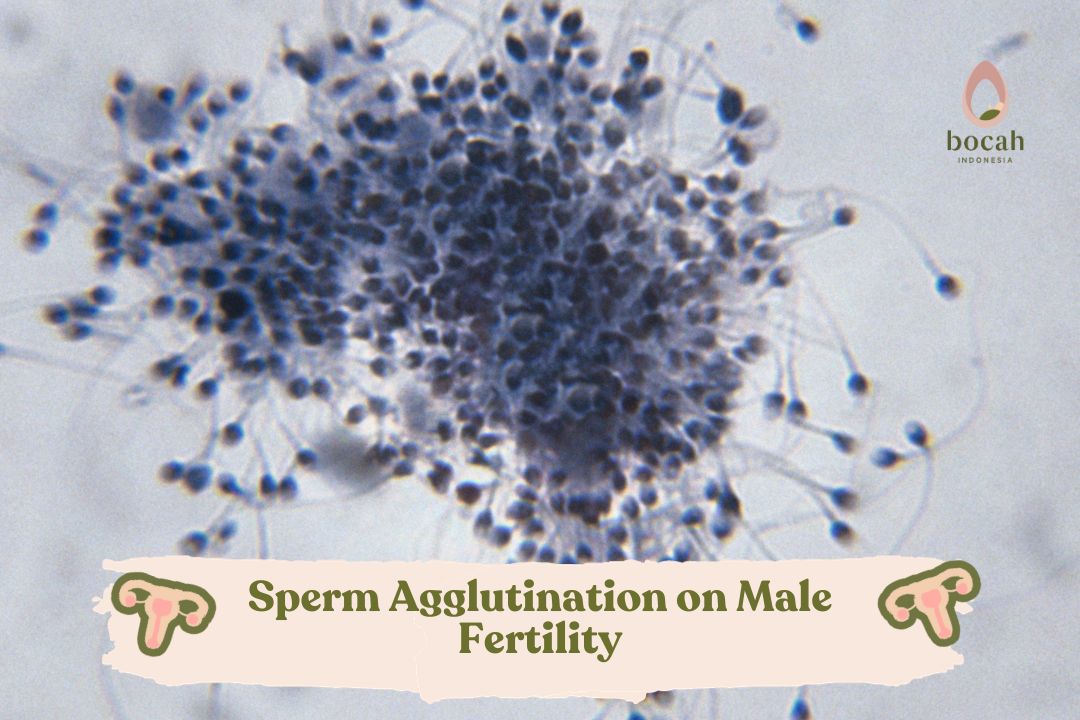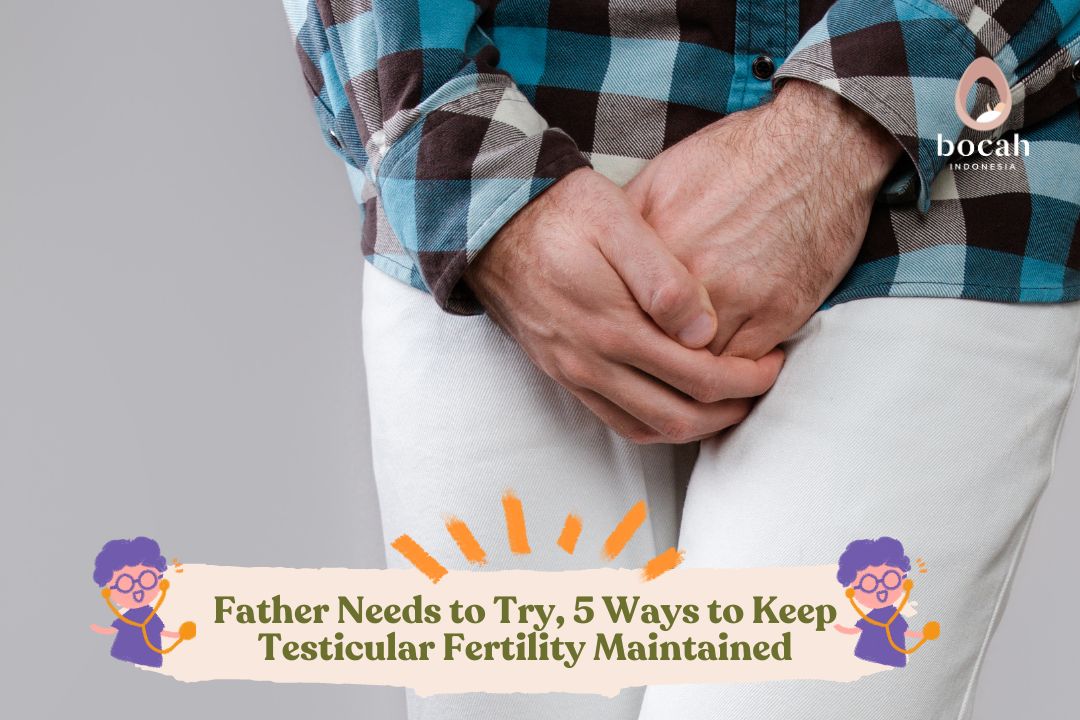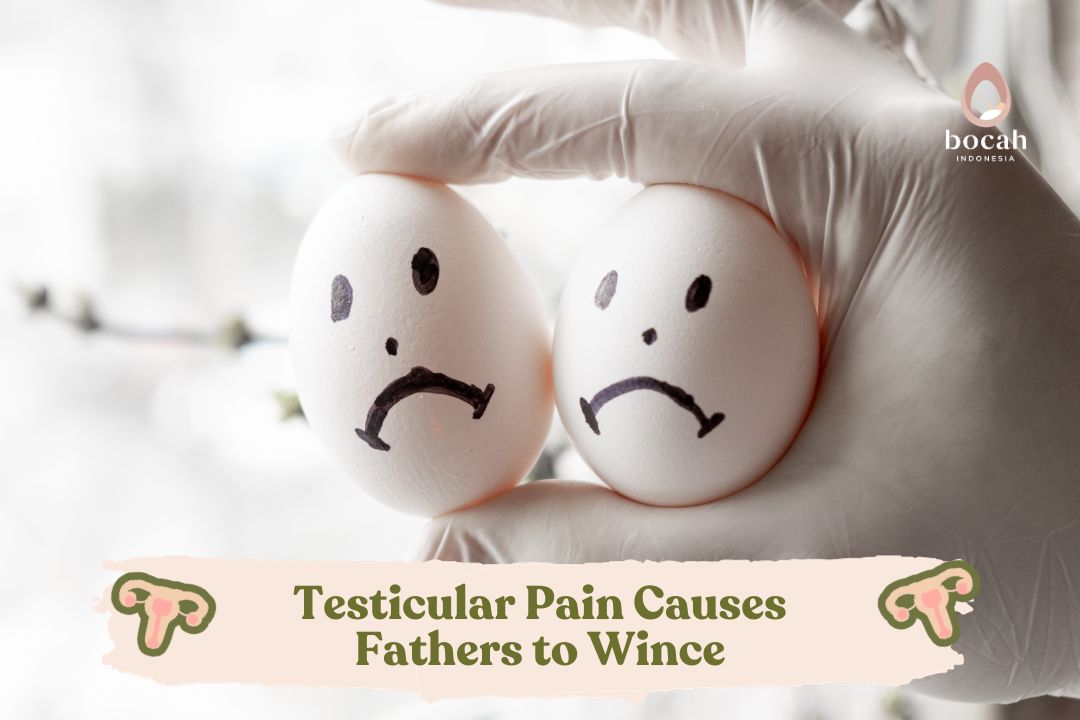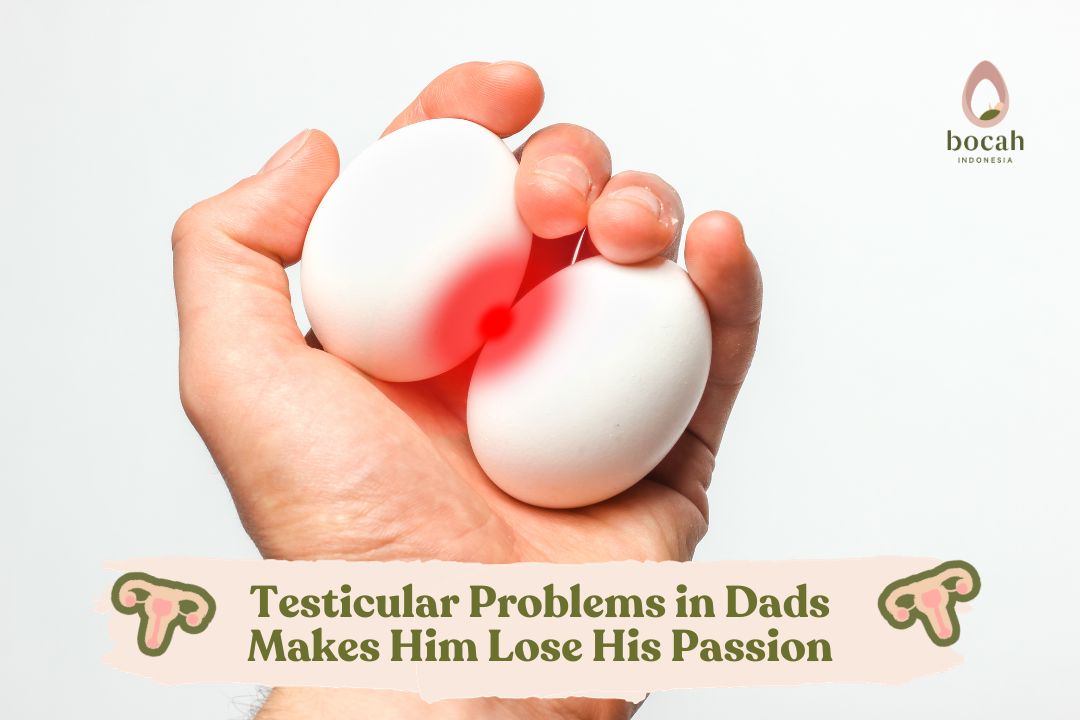Testicular Torsion: Long-Term Effects on Male Fertility
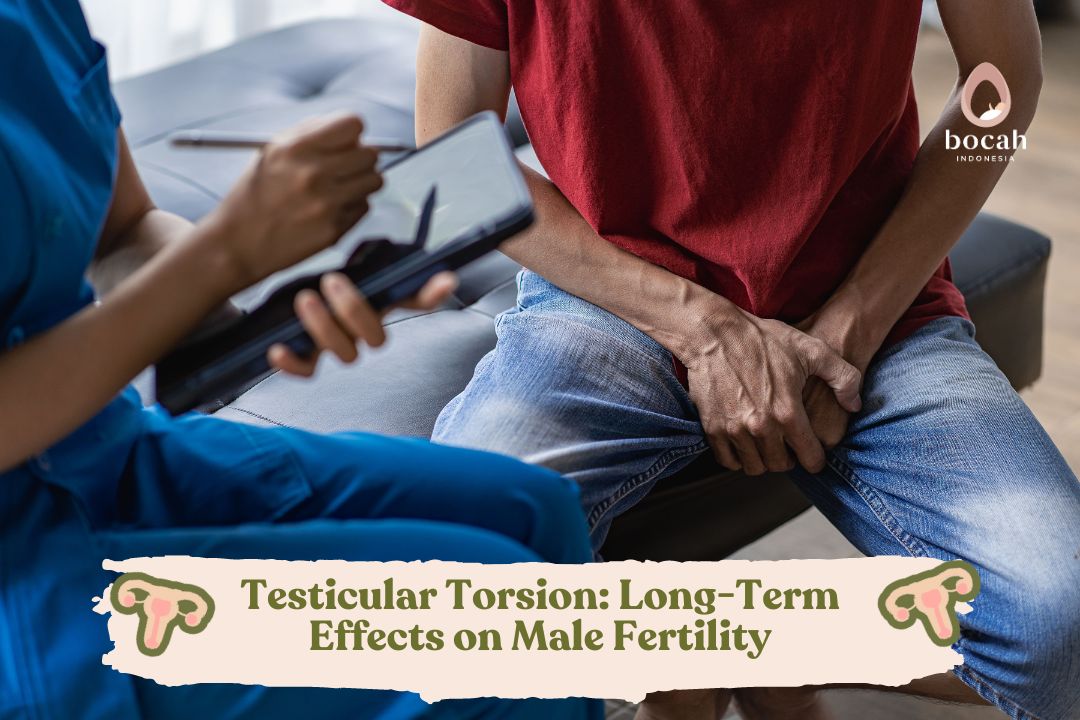
Testicular torsion is a medical emergency condition that requires immediate surgery to save the main reproductive organ of males.
Reproductive health and fertility are crucial for men and couples who wish to start a family. Among various factors that can affect male fertility, testicular torsion is an important issue that needs attention. This condition is classified as a medical emergency, primarily experienced by children and adolescents.
What is testicular torsion?
Testicular torsion, or twisted testicle, is an acute condition affecting 1 in 4,000 males aged <25 years. This medical emergency condition most commonly occurs during puberty, between the ages of 12 and 18, and results from the rotation of the spermatic cord. The spermatic cord is a cable-like structure consisting of blood vessels, nerves, and ducts flowing to and from the testicle.
In testicular torsion, the testicle twists, causing the spermatic cord, which carries blood into the scrotum (the sack containing the testes), to also twist. Reduced blood flow (ischemia) leads to sudden and severe pain and swelling in the scrotum. Abdominal pain may also occur, accompanied by nausea and vomiting. Boys experiencing testicular torsion typically wake up due to scrotal pain in the middle of the night or early morning.
The rotation and reduced blood flow to the testicle can eventually cause tissue damage and death of the testicular tissue. This is why this condition must be promptly addressed through emergency surgery to prevent permanent damage. The affected testicle may be completely removed through a procedure called orchidectomy (if there are indications of permanent testicular damage) or manually corrected through a procedure called orchiopexy (if there is no testicular damage).
Tanya Mincah tentang Promil?
As a guideline, the likelihood of saving the testicle is around 90 percent if surgery is performed within about 4-6 hours from the onset of torsion. This figure drops to 50 percent after 12 hours and only 10 percent if surgery is performed after 24 hours. Sometimes, the spermatic cord can twist and return to normal spontaneously. This is called detorsion, and though it may “self-resolve,” it actually makes testicular torsion more likely to recur. The disappearance of pain may lead someone to neglect it. However, individuals should still see a doctor for evaluation and solutions to prevent testicular torsion in the future.
Causes of testicular torsion
Until now, it is not known why testicular torsion can occur. Most men who experience it have an inherent trait that allows the testicle to rotate freely within the scrotum. However, not all men with this inherent trait will experience testicular torsion.
Testicular torsion also often occurs a few hours after strenuous physical activity, following minor testicular injuries, or during sleep. Cold temperatures or rapid testicular growth during puberty may also play a role.
The Effects of Testicular Torsion on Male Fertility
Numerous scientific studies state that testicular torsion affects male fertility in adulthood. Therefore, it can be one of the significant causes of secondary infertility in men. Several studies have shown that the quantity and vitality of sperm are notably poor in over 50 percent of men with testicular torsion. However, a study in 2016 concluded contradictory findings.
At that time, Gielchinsky et al. examined 63 men with an average age of 20 years when experiencing testicular torsion. It was found that in this group of men, the pregnancy rate did not differ from the general population, which was 90.2 percent for those undergoing orchidectomy and 90.9 percent for those undergoing orchiopexy. Meanwhile, the pregnancy rate in the general population ranged from 82 to 92 percent. The time to pregnancy was also within the accepted range in the general population, between 6-12 months.
In 2020, a more comprehensive study by Zhang et al. further supported these findings. This study investigated the impact of unilateral testicular torsion (on one side) on the fertility of adult men considering factors such as duration, severity, age at the time of testicular torsion, and surgical procedure undergone (orchidectomy or orchiopexy).
In this study, out of 72 men with testicular torsion, 49 underwent orchidectomy and the remaining 23 underwent testis repositioning or orchiopexy. In the group of men undergoing orchidectomy, the pregnancy rate and median time to pregnancy were 83.7 percent and 1.6 years, respectively. Whereas in the group of men undergoing orchiopexy, these figures were 91.3% and 0.75 years, respectively.
For a more targeted and in-depth analysis, researchers divided participants into 3 groups based on age at the time of testicular torsion: less than 14 years old, between 14-18 years old, and over 18 years old. It was found that the pregnancy rate was significantly higher in the group of men experiencing testicular torsion before the age of 14 (94.6%) compared to those experiencing it in adolescence (85.5%) or adulthood (57.1%). This means that the age at the time of testicular torsion greatly influences male fertility in the future and that testicular torsion occurring in childhood does not significantly affect male fertility in adulthood.
In theory, this indicates that the compensatory mechanism in the unaffected testicle plays a crucial role in maintaining male fertility. As the age at the time of testicular torsion increases, this compensatory ability appears to decrease.
This study also explains the surgical intervention’s impact on male fertility. When testicular torsion occurs, the time to treatment becomes crucial. To salvage testicular function as much as possible, torsion must be relieved within 6 hours from the onset.
Surgical options may include orchidectomy, the removal of the affected testis, or orchiopexy, the release of torsion and restoration of blood flow. The above study shows that men undergoing orchiopexy have better fertility status than those undergoing orchidectomy. This fact emphasizes the importance of preserving injured testicles, especially for men over 18 years old.
Conclusion
The negative impact of testicular torsion on fertility may exist when this condition occurs after the age of 18. However, for fathers who experienced it in childhood or adolescence, do not worry yet because fertility is usually not significantly affected. To ensure your fertility, it is worth consulting with a doctor and undergoing a fertility workup with your partner.
This article has been medically reviewed by Dr. Fiona Amelia, MPH
Source:
- Arap MA, Vicentini FC, Cocuzza M, Hallak J, Athayde K, Lucon AM, Arap S, Srougi M. Late hormonal levels, semen parameters, and presence of antisperm antibodies in patients treated for testicular torsion. Journal of andrology. 2007 Jul 8;28(4):528-32.
- Gielchinsky I, Suraqui E, Hidas G, Zuaiter M, Landau EH, Simon A, Duvdevani M, Gofrit ON, Pode D, Rosenberg S. Pregnancy rates after testicular torsion. The Journal of urology. 2016 Sep 1;196(3):852-5.
- Jacobsen FM, Rudlang TM, Fode M, Østergren PB, Sønksen J, Ohl DA, Jensen CF. The impact of testicular torsion on testicular function. The world journal of men’s health. 2020 Jul;38(3):298.
- Törzsök P, Steiner C, Pallauf M, Abenhardt M, Milinovic L, Plank B, Rückl A, Sieberer M, Lusuardi L, Deininger S. Long-term follow-up after testicular torsion: prospective evaluation of endocrine and exocrine testicular function, fertility, oxidative stress and erectile function. Journal of Clinical Medicine. 2022 Nov 2;11(21):6507.
- Zhang X, Zhang J, Cai Z, Wang X, Lu W, Li H. Effect of unilateral testicular torsion at different ages on male fertility. Journal of International Medical Research. 2020 Apr;48(4):0300060520918792.


